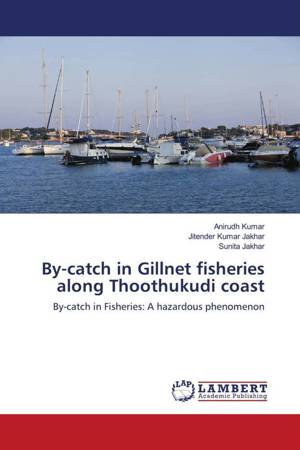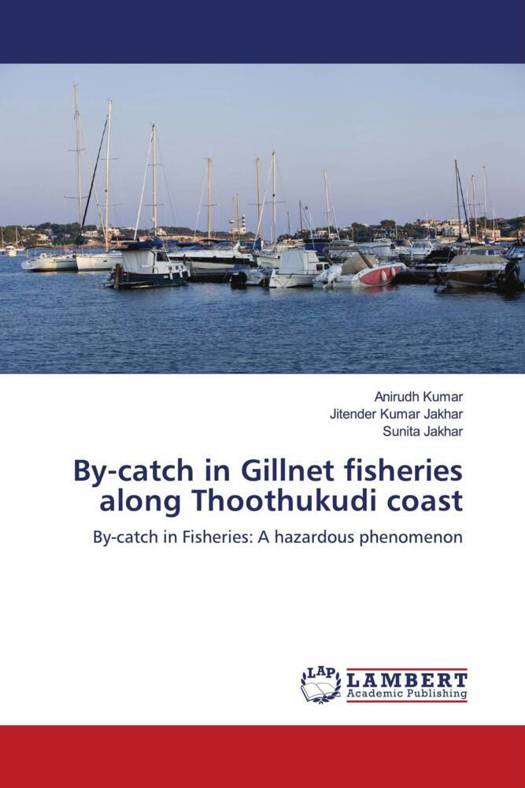
- Afhalen na 1 uur in een winkel met voorraad
- Gratis thuislevering in België vanaf € 30
- Ruim aanbod met 7 miljoen producten
- Afhalen na 1 uur in een winkel met voorraad
- Gratis thuislevering in België vanaf € 30
- Ruim aanbod met 7 miljoen producten
Zoeken
By-catch in Gillnet fisheries along Thoothukudi coast
By-catch in Fisheries: A hazardous phenomenon
Anirudh Kumar, Jitender Kumar Jakhar, Sunita Jakhar
Paperback | Engels
€ 47,95
+ 95 punten
Omschrijving
A study was conducted from May, 2010 to April 2011 to assess the bycatch of bottom set gillnets along eleven fish landing centres of Thoothukudi district. The bycatch was estimated from seven types of bottom set gills viz Crab net, Lobster net, Trammel nets, Ray nets, Chank nets, Maya valai and Mandal valai. Among the seven bottom set gillnets, Ray nets and Chank nets were found operated only in the south Coast of Thoothukudi district. Among the various types of nets studied, Lobster nets caught more bycatch (93.21%) while the Ray nets caught less bycatch (24.61%). The catch per unit effort was more for lobster nets (80.75 kg) from Vembar landing centre and less (0.57 kg) for Crab nets from Vellappatti landing centre. The disturbance to the scheduled species was found to be high by crab nets and less by Trammel nets. Lobster nets were found have poor selectivity while Ray nets was highly selective with least bycatch. Significant variation in the quantity of bycatch (P 0.01) could be observed with respect to different types of bottom set gillnets studied.
Specificaties
Betrokkenen
- Auteur(s):
- Uitgeverij:
Inhoud
- Aantal bladzijden:
- 72
- Taal:
- Engels
Eigenschappen
- Productcode (EAN):
- 9783659574108
- Verschijningsdatum:
- 23/07/2014
- Uitvoering:
- Paperback
- Afmetingen:
- 150 mm x 220 mm
- Gewicht:
- 118 g

Alleen bij Standaard Boekhandel
+ 95 punten op je klantenkaart van Standaard Boekhandel
Beoordelingen
We publiceren alleen reviews die voldoen aan de voorwaarden voor reviews. Bekijk onze voorwaarden voor reviews.








